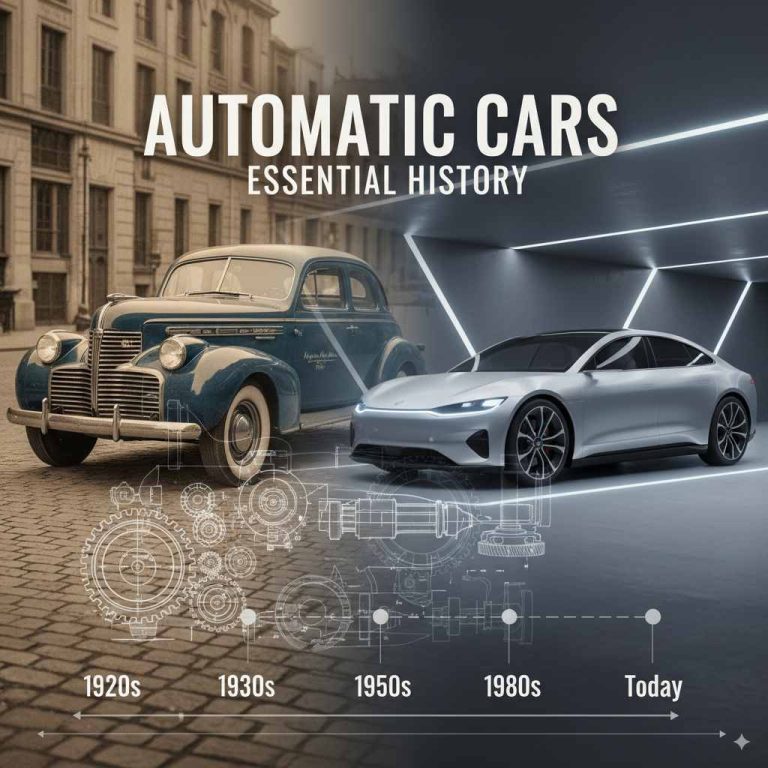Are Formula E Cars All the Same?: Unveiling Myths!
No, Formula E cars are not all the same. While they share the same chassis and battery, teams are allowed to develop their own powertrains, resulting in differences in performance and efficiency.
This allows for innovation and competition within the championship. Formula E is a unique racing series that showcases the future of electric vehicles and promotes technological advancements in the industry.
Debunking Common Myths
Are Formula E cars all the same? When it comes to misconceptions about uniformity, it’s important to debunk the common myths. The reality is that there are variations in performance. While the cars share the same chassis, battery, and tires, the powertrains are the variable components. This means that teams can develop or deploy their own choice of electric powertrains. As a result, some teams may have a quicker motor, others may be more efficient, and some may have better regenerative capabilities. Therefore, it’s evident that the cars are not identical, despite the shared foundational elements.
Chassis And Battery: The Standardized Elements
Formula E cars may appear similar on the surface, but there are key elements that differentiate them. The chassis and battery are standardized components in Formula E racing. The FIA plays a crucial role in ensuring standardization across teams. While the racing teams themselves construct the cars, the design and manufacturing can be outsourced.
Teams in Formula E work with a common base, which includes the same chassis and battery. However, they have the freedom to develop and deploy their own powertrains, allowing for variations in performance. This means that teams can have different motors, varying levels of efficiency, and regenerative capabilities.
Although the cars share a basic chassis, they are not identical. Each team has the opportunity to focus their resources on developing technology that will be relevant to their performance goals. This combination of standardization and flexibility makes Formula E a unique and exciting motorsport.
Powertrain: The Differentiator
When it comes to Formula E cars, the powertrain is the differentiator that offers customization freedom for teams. This freedom has a direct impact on speed and efficiency. While the cars share the same chassis, battery, and tires, the powertrains are where teams can develop or deploy their own choice of electric technology. This unique aspect of Formula E allows teams to showcase their engineering prowess and innovation in the electric racing domain.
Aerodynamics And Design
The regulations governing Formula E cars are unique to the championship and specify that cars must be constructed by the racing teams themselves. However, the design and manufacture can be outsourced. While all cars use the same basic chassis, battery, and tires, they are certainly not identical. The only variable is powertrains, where teams can develop or deploy their own choice of electric motors, gearboxes, and other components to maximize performance and efficiency. Teams also employ various aerodynamic strategies to improve the car’s speed and handling. These strategies include adhering to regulations on car shape and designing features such as front and rear wings, diffusers, and sidepods to increase downforce and reduce drag. Each team’s unique approach to aerodynamics and design can make a significant difference in the car’s overall performance on the track.
Tires And Handling
Formula E cars all use the same basic chassis, battery, and tires, but the powertrains are the variable component that allows teams to develop or deploy their own choice of electric technology. This means that while the cars have uniform tires, there are handling variations due to the different powertrains used by the teams. As a result, the cars are not identical despite sharing the same fundamental components.
Software And Electronics
The question of whether Formula E cars are all the same is a common one, and the answer is no. While all cars share the same chassis, battery, and tires, each team has the freedom to develop and deploy their own choice of electric powertrain. This is where software and electronics come into play. The teams use software to optimize their powertrains for maximum efficiency and performance, giving them a competitive edge over other teams. Additionally, electronics management plays a crucial role in races, as teams must carefully monitor and adjust their cars’ power usage to ensure they can make it to the finish line.
Impact Of Team Resources
In Formula E racing, all cars share the same basic chassis, battery, and tires. The only variable is the powertrains, allowing teams to develop or deploy their own choice of electric technology. This creates opportunities for teams to leverage their resources and technology to gain a competitive edge on the track.
| Impact of Team Resources |
| Budgets and their influence |
| The Formula E championship has unique regulations governing the cars, specifying that the teams must construct the cars themselves. Although the design and manufacture can be outsourced, this means that each team has its own budget and engineering talent that impacts their success. While the cars share the same basic chassis, battery, and tires, the powertrains are the only variable. Teams can develop or deploy their own choice of electric motors and gearboxes. This means that the motors, efficiency, regen, and powertrains can differ between teams, making the cars not identical. Therefore, the budgets and engineering talent of each team play a significant role in their success in the Formula E championship. |
Innovation And Future Developments
Formula E cars are not all the same. Technological advancements have paved the way for next-gen Formula E cars, with each team having the freedom to develop their own powertrains. While the cars share the same chassis, battery, and tires, the powertrains differ, allowing teams to showcase their innovation and push the boundaries of electric vehicle technology. As the championship progresses, we can expect to see significant developments in the powertrains, leading to improved performance and efficiency on the track. These future advancements will not only enhance the competitiveness of the sport but also drive the evolution of electric mobility for the wider automotive industry.
Sustainability In Motorsport
Formula E is a unique racing championship that prioritizes sustainability in motorsport. The championship’s environmental mission is evident in the use of electric technology, which is highly relevant to road cars. While the cars share the same chassis, battery, and tires, teams can develop or deploy their own choice of electric powertrains. This results in differences between teams in terms of motor speed, efficiency, and regenerative capabilities. The regulations governing the cars are unique to the championship, and teams must construct their own cars while outsourcing their design and manufacture. This allows for innovation and competition among teams while still adhering to the championship’s mission of sustainability.
Conclusion
While Formula E cars may share the same basic chassis, they are certainly not identical. The regulations allow teams to develop and deploy their own powertrains, resulting in differences in motor performance, efficiency, and regenerative capabilities. This means that some teams may have a quicker motor, while others may be more efficient or have better regen.
So, while the foundation may be the same, Formula E cars showcase the innovation and technological advancements of each racing team.






